Ed Kashi, USA
Vietnam: Ein Krieg der vererbt wird
Im Mai 1975 wurde der Vietnamkrieg für beendet erklärt. Die USA zogen ihre Truppen ab, Nord- und Südvietnam vereinigten sich wieder zu einer Nation. Die Außenwelt hat, nach 35 Jahren, das Drama zu den Akten gelegt. Nur: Für die Innenwelt gibt keine Verjährung, kein Verfallsdatum für die Hinterlassenschaften der amerikanischen Kriegswillkür.
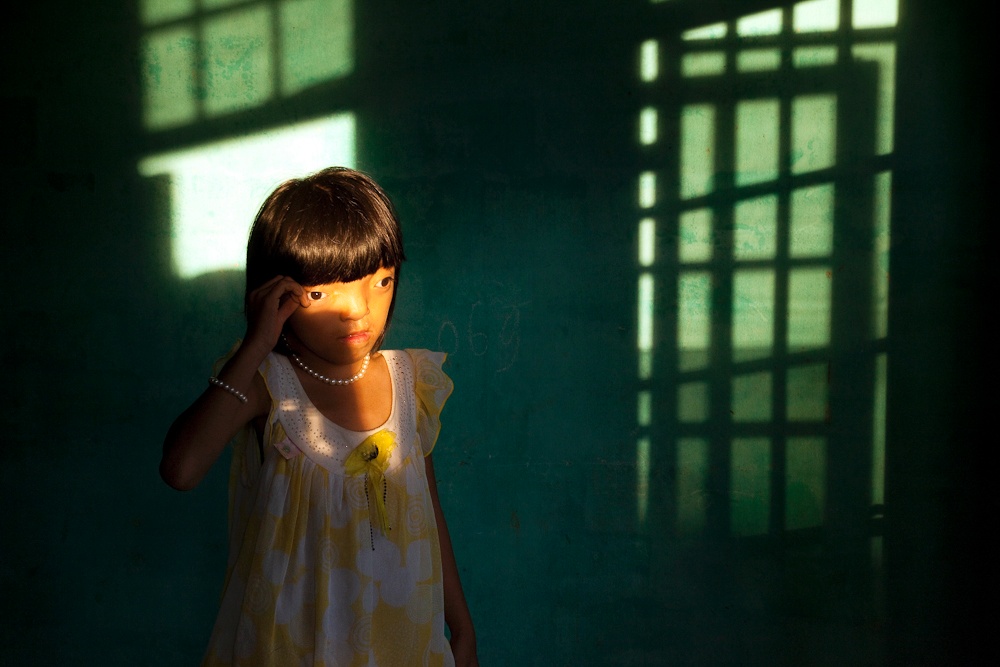 Bild 1 von 9 © Ed Kashi/Agentur VII
Bild 1 von 9 © Ed Kashi/Agentur VII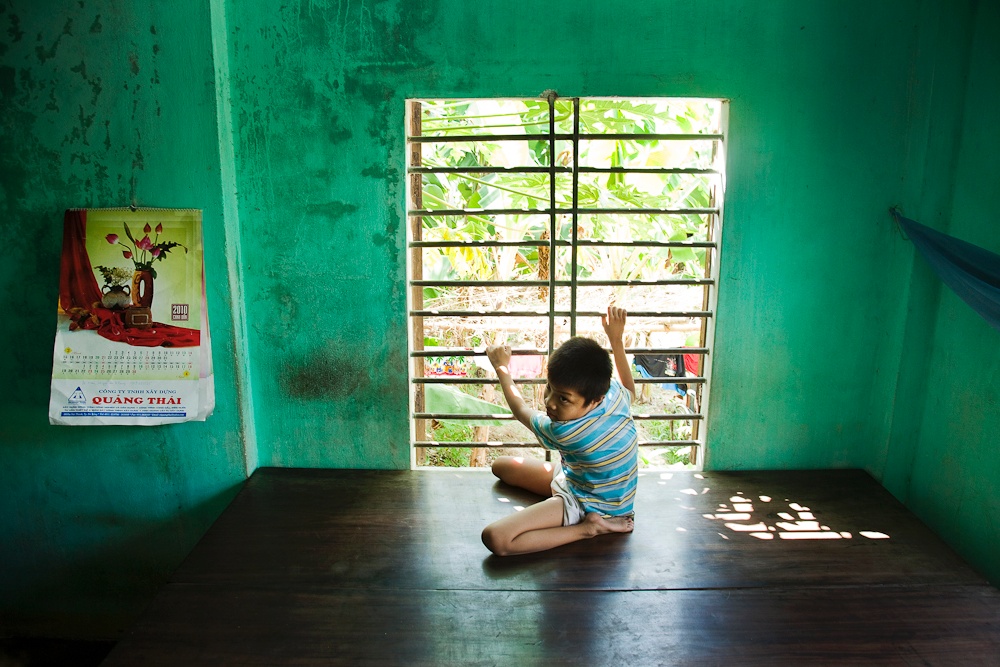 Bild 2 von 9 © Ed Kashi/Agentur VII
Bild 2 von 9 © Ed Kashi/Agentur VII Bild 3 von 9 © Ed Kashi/Agentur VII
Bild 3 von 9 © Ed Kashi/Agentur VII Bild 4 von 9 © Ed Kashi/Agentur VII
Bild 4 von 9 © Ed Kashi/Agentur VII Bild 5 von 9 © Ed Kashi/Agentur VII
Bild 5 von 9 © Ed Kashi/Agentur VII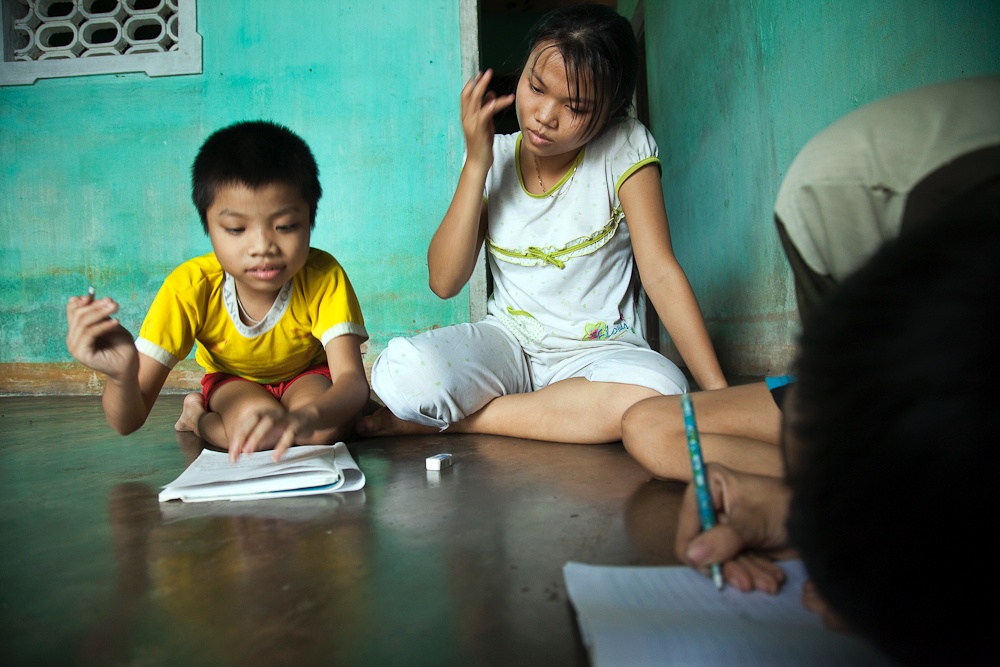 Bild 6 von 9 © Ed Kashi/Agentur VII
Bild 6 von 9 © Ed Kashi/Agentur VII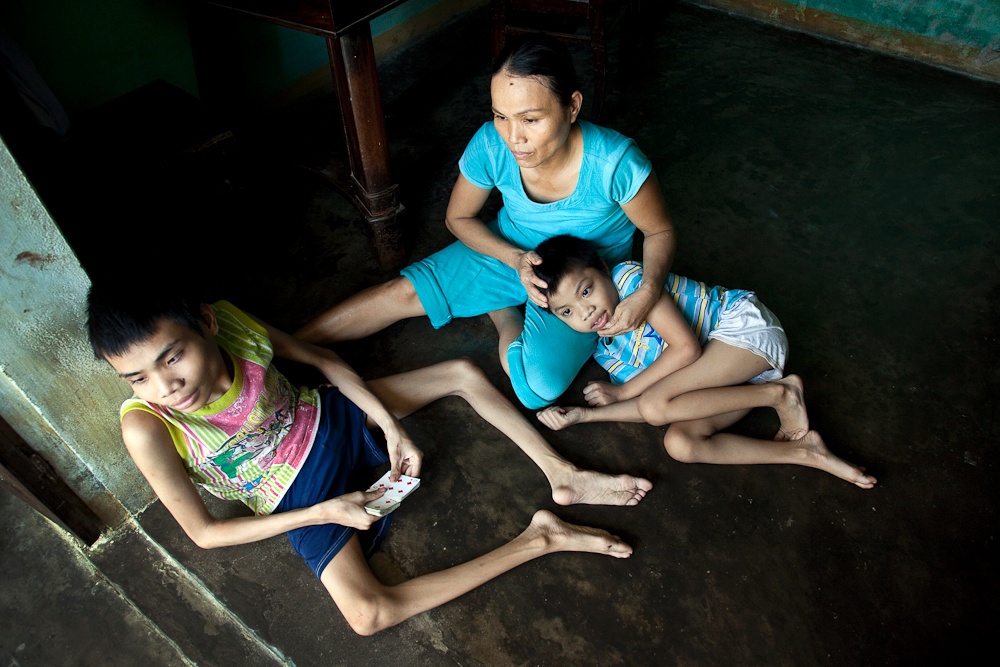 Bild 7 von 9 © Ed Kashi/Agentur VII
Bild 7 von 9 © Ed Kashi/Agentur VII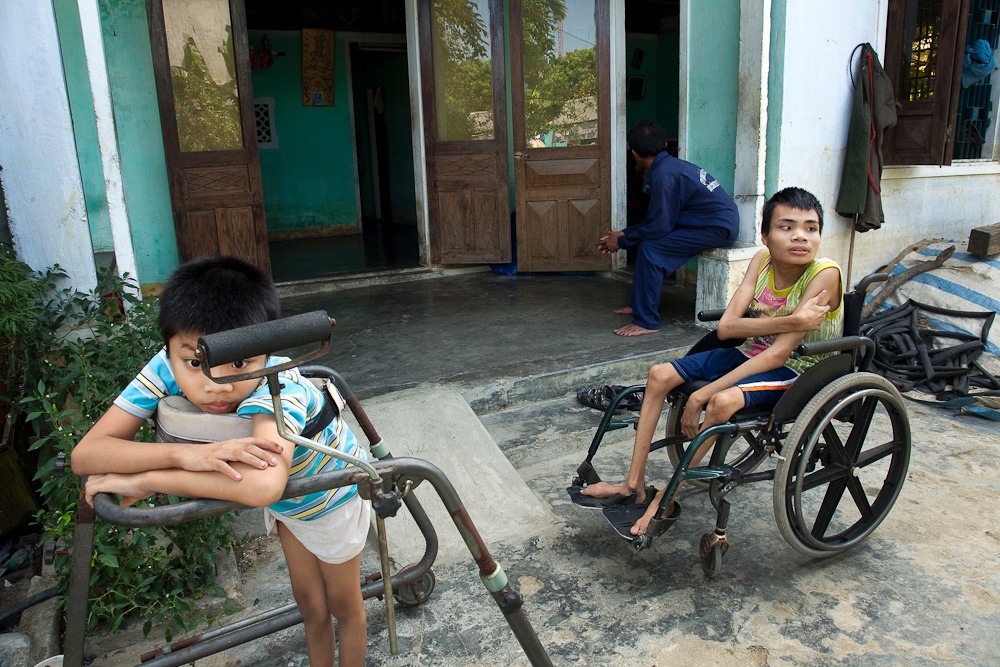 Bild 8 von 9 © Ed Kashi/Agentur VII
Bild 8 von 9 © Ed Kashi/Agentur VII Bild 9 von 9 © Ed Kashi/Agentur VII
Bild 9 von 9 © Ed Kashi/Agentur VII
Klicken Sie zur Vollsicht auf ein Bild
Geführt wurde der Krieg auf grausame und zudem extrem die Umwelt schädigende Weise. So setzten die USA das Herbizid Agent Orange ein, das als Entlaubungsmittel der Guerilla die Deckung im Dschungel nehmen sollte. Agent Orange enthält Dioxine, die krebserregend wirken und das Erbgut schädigen.
Die Auswirkungen des Giftes belasten die vietnamesische Bevölkerung bis zum heutigen Tag, festzumachen an Krebserkrankungen, Immunschwäche und schwersten Missbildungen. Nach offiziellen Schätzungen leben in Vietnam 1,2 Millionen Kinder mit Behinderungen. In ländlichen Regionen ist der Anteil behinderter Kinder deutlich höher als in den Städten. Schaut man in das Gesichtchen der neunjährigen Nguyen Thi Ly, zeigen sich auf tieftraurige Weise die Spätfolgen des Gifteinsatzes vor 35 Jahren.
Nguyen Thi Ly, wie auch die anderen betroffenen Kindern auf den Fotos von Ed Kashi, lebt in Da Nang. Da Nang war einstmals ein Stützpunkt der Amerikaner, auf dem Agent Orange tonnenweise angeliefert und für Sprüheinsätze verteilt wurde. Allein in der 800.000 Einwohnerstadt leben heute 56.000 Menschen mit Behinderungen aufgrund des Gifteinsatzes. Heutzutage werden hier mit Geldern der amerikanischen Regierung und Hilfsorganisationen wissenschaftliche Untersuchungen über die ökologischen, sozialen und medizinischen Nachwirkungen von Agent Orange durchgeführt. UNICEF unterstützt vor allem mit Spendengeldern aus den USA Hilfsprogramme, damit behinderte Kinder ein möglichst normales Leben führen können und vor Diskriminierung geschützt werden.
Mit seiner Fotoserie dokumentiert Kashi den Alltag von zwei Familien, die von der Organisation "Children of Vietnam" Hilfe erhalten. "Ich glaube zutiefst an die Kraft stiller Bilder. Sie können die Einstellung von Menschen ändern", sagt Kashi über seine Arbeit. Besonders am Herzen liegen ihm die kleinen "Kriegsveteranen". Mit seinen Bildern will er deutlich machen, dass unter einem Krieg auch Folgegenerationen zu leiden haben – ohne dass ein Ende abzusehen ist.
Biografie: Ed Kashi (Agentur VII)
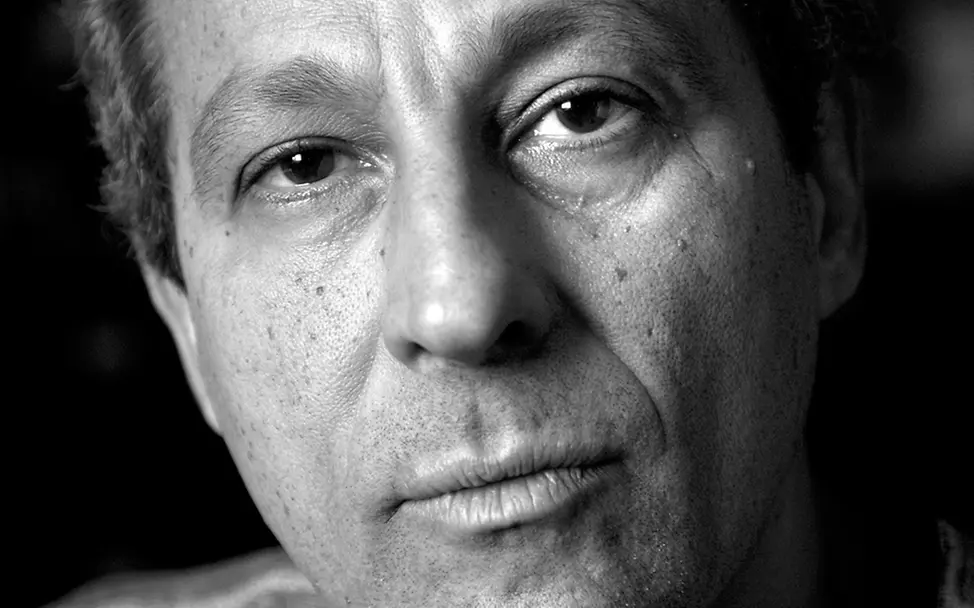
Fotograf Ed Kashi
Ed Kashi is a photojournalist, filmmaker and educator dedicated to documenting the social and political issues that define our times. A sensitive eye and an intimate relationship to his subjects are signatures of his work. As a member of the prestigious photo agency VII, Kashi has been recognized for his complex imagery and its compelling rendering of the human condition.
“I take on issues that stir my passions about the state of humanity and our world, and I deeply believe in the power of still images to change people’s minds. I’m driven by this fact; that the work of photojournalists and documentary photographers can have a positive impact on the world. The access people give to their lives is precious as well as imperative for this important work to get done. Their openness brings with it a tremendous sense of responsibility to tell the truth but to also honor their stories.”
Kashi’s images have been published and exhibited worldwide. Another of Kashi’s innovative approaches to photography and filmmaking produced the Iraqi Kurdistan Flipbook with MediaStorm, which premiered on MSNBC.com in December 2006. Using stills in a moving image format, this creative and thought-provoking form of visual storytelling has been shown in many film festivals and as part of a series of exhibitions on the Iraq War at The George Eastman House. Also, an eight-year personal project completed in 2003, Aging in America: The Years Ahead, created a traveling exhibition, an award-winning documentary film, a website and a book which was named one of the best photo books of 2003 by American Photo.
Along with numerous awards, including a Prix Pictet 2010 Commission and honors from Pictures of the Year International, World Press Foundation, Communication Arts and American Photography, Kashi’s images have been published and exhibited worldwide, and his editorial assignments and personal projects have generated six books. In 2008, Curse of the Black Gold: 50 Years of Oil in the Niger Delta was published, and June 2009, saw the publication of Kashi’s latest book THREE, based on a series of triptychs culled from more than 20 years of image making.
In 2002, Kashi and his wife, writer / filmmaker Julie Winokur, founded Talking Eyes Media. The non-profit company has produced numerous short films and multimedia pieces that explore significant social issues. The first project resulted in a book and traveling exhibition on uninsured Americans called, Denied: The Crisis of America’s Uninsured.
"Ed Kashi is intelligent, brave and compassionate. He always understands the nuances of his subjects. He fearlessly goes where few would venture. And he sympathetically captures the soul of each situation. Ed is one of the best of a new breed of photojournalistic artists." David Griffin, Executive Editor of Electronic Publishing, National Geographic.